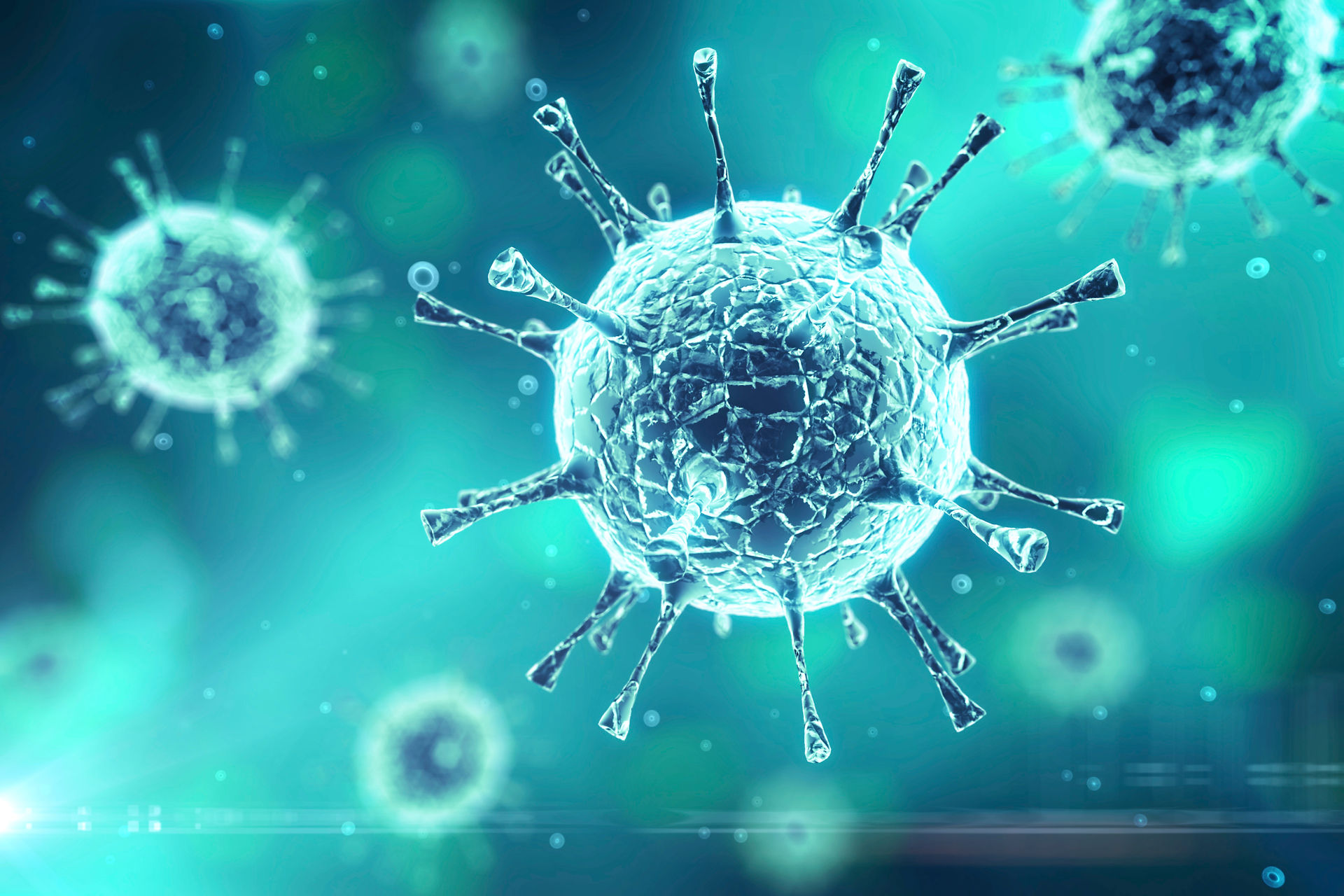
Synthetic Biology in Medicine
A Cure for Malaria
Malaria is a disease of the blood that is caused by a parasite called Plasmodium. This parasite is passed from person to person through a certain mosquito called the known as the female Anopheles mosquito (4.30).
Once an infected mosquito bites a human and transmits the parasite, the parasite multiplies in the host's liver about 10,000 times before entering the bloodstream, infecting and destroying red blood cells. Malaria, in most cases, results in death (4.31).
In 2003, UC Berkeley professor Jay Keasling's research contributed to a partially synthetic version of artemisinin, a chemical critical to making a prominent anti-malarial drug. One of the most widely known applications of synthetic biology is the development of Artimisinin, the key ingredient in the world’s most effective anti-malarial drug. Artimisinin is extracted from Artemisia annua, an ancient medicinal plant that is commonly known as the sweet wormwood. The most promising advancement in synthetic biology took place in 2013, when Amyris Inc. developed the semi-synthetic imitation of most powerful antimalarial drug to fight and cure malaria in all cases; lab manufactured Artemisinin (4.33).

This is the mosquito that causes Malaria.

Malaria infecting red blood cells

This is the mosquito that causes Malaria.
Though Malaria has been eliminated in the United States since 1951, there are poor countries with a lack of resources that still suffer from this disease, as shown left (4.32).
This lab-generated drug only takes 3 months to be manufactured whereas the original Artminisnic acid takes up to 18 months to be grown and extracted from the sweet wormwood lant. Rather than through extraction, semi-synthetic Artemisinin is developed by re-engineering yeast to pump out Artimisnic acid. Since the Artemisinin drug is created from yeast, Amyris Co-Founder Jay Keasling states that, “it will certainly bring the prices down.” This means that a cure for malaria in thrird world countries could be readily available at a low cost (4.34).

People in countries suffering from malaria could soon be treated with drugs made by re-engineered yeast.

People in countries suffering from malaria could soon be treated with drugs made by re-engineered yeast.

Malaria victims could be relieved with semi-synthetic Artimisinin

Malaria victims could be relieved with semi-synthetic Artimisinin